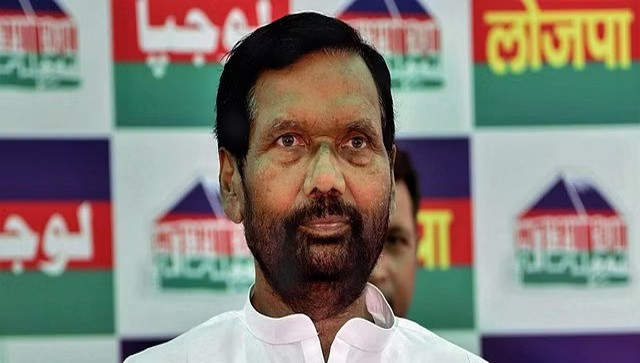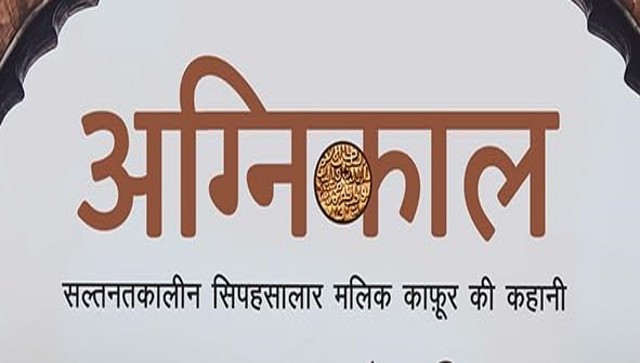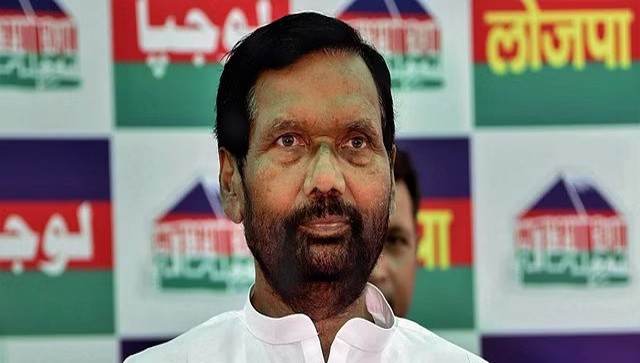The hands Confined To pull Dead carcasses, Started to write And, and They wrote poems Beautiful stories Of their lives. —Yogesh Maitreya, ‘Bridge of Migration’
With these lines, Yogesh Maitreya asserts his position as one of the new voices in an era of populist and post-truth literature. In India — a republic of caste — where neoliberal publishers prefer promoting books on Hinduism and elitist, savarna feminist ideals, thereby denouncing Dalits and Dalit aesthetics, Maitreya stands apart with his works which span across poetry and translation. His latest outing is a rebellious collection of short stories titled Flowers on the Grave of Caste, which is a true reflection of society and its subconscious bigotry.
In this collection he takes forward the Kosambian concept of looking at history from the bottom by retelling it ‘from below’ while magnifying Ambedkar’s ideas about gender, caste and class. His stories are defined by analytical clarity, descriptive realism and a sense of purpose and commitment. He portrays the development of complex trajectories of humiliation, in which the characters are subjected to a constant threats in a Brahminical environment. But these characters’ main trait is self-respect which permeates their very being, thus making it not a collective claim but an individual one — a notion Dr Ambedkar eloquently put forth in the Constituent Assembly debates, which is in stark contrast to the Gandhian take on this subject.
The people in these stories live in a Republic of Paradox, which promised them justice, liberty, equality and fraternity, promises which were not fulfilled. And yet in the backdrop, justice is served, thus keeping alive the hope of these broken people; they continue to sing songs of liberation. This is evident in the story ‘Life is Beautiful’ where the central character Nagaraj is a conservancy worker who strives to fulfill his and his child’s dreams with the hope that someday, there will be justice.
In ‘Educate, Organise, Agitate’, Maitreya speaks of Gautam and Ashoka and their parallel journeys in a casteist educational institute, which ultimately takes a toll on Ashoka’s life who suddenly disappears or may be have been abducted; he finally commits suicide as an act of Dalit assertion. At this difficult time when Gautam feels lost, he recalls Ashoka’s words about how they can’t afford to abandon their dreams, because dreams are their only capital. As embodied by the story’s title, it is ultimately Babasaheb’s words that serve as a guiding principle to Gautam. The theme of ‘dreams as capital’ is also present in the story of Siddhartha and Gautam, which touches upon sexuality, the baggage that comes with caste identities, efforts to transcend caste through class imitation, the pervasive nature of caste in classrooms of elite institutions which punish Dalit students who are vocal about their rights, like Siddhartha.
In Maitreya’s take on the myth of Eklavya, he is not subjected to deceit and treachery by his teacher but rather his education is a medium for him to become emancipated. It is a story that imagines ‘what if’ scenarios: what if teachers like Shambuka chose to teach Eklavya and thus changed the course of history? ‘Graveyard’, the last story in the collection, meditates on the idea of death as an equaliser, transcending all societal fractures.
Flowers on the Grave of Caste makes the task of analysing caste, gender and class simple through its use of Ambedkarite and humanistic frameworks and a genuine, raw style. Maitreya does not offer stories that feed the appetites of savarnas, as many Brahminical and savarna writers have in the past. He makes his points in English — thereby using the very weapon that was exclusively available to the privileged owing to their birth in particular strata of Vedic society. This is writing that will give the reader sleepless nights, for it explores caste barriers to access of basic necessities, a vision of emancipation via education, the chaos and confusion in the lives of Dalits, and the hypocrisy of pseudo-Marxists. His characters’ names invoke figures from counter-cultures. Babasaheb’s vision for an egalitarian utopia is a common thread that binds together all the central characters; though they may fail miserably in love or be defeated by circumstances, they continue to have hope and the zeal to create something beautiful from the violence they have suffered.
Maitreya’s writing takes forward Jacques Ellul’s argument that ‘Anyone wishing to save humanity today must first of all save the word’. This book deserves to be read and discussed if society wants to save whatever is left of its humanity, because if flowers have to bloom, caste has to die and be buried in its grave.
To order a copy of Flowers on the Grave of Caste, write to Yogesh Maitreya at pantherspawpublication@gmail.com or 9987133931
Nikhil Sanjay-Rekha Adsule is currently pursuing his Master’s of Law in Access to Justice from the Tata Institute of Social Sciences. Previously, he has pursued a BE and LLB from Savitribai Phule Pune University, and a Master’s in History from IGNOU.


)




)
)
)
)
)
)
)
)